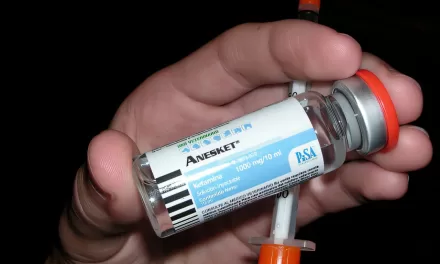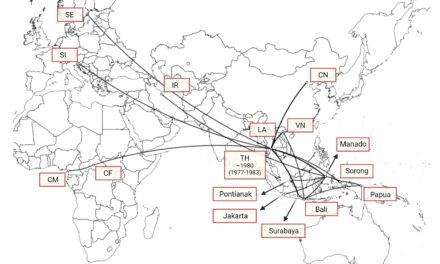|
Considerations for deferring the second dose in settings with limited vaccine supply |
Post-introduction vaccine effectiveness studies in countries that have implemented an inter-dose interval longer than per emergency use authorization (up to 12 weeks) have shown a high public health impact. This observation combined with additional immunological data support that countries facing a high incidence of COVID-19 combined with severe vaccine supply constraints could consider delaying the second dose up to 12 weeks in order to achieve a higher first dose coverage in high priority populations. |
|
Paediatric age indication |
A Phase 3 trial in children aged 12-15 years showed high efficacy and good safety in this age group, leading to an extension of the previous age indication from 16 years onwards down to age 12 onwards. |
|
Children and adolescents below the age of 16 years |
The following statement was added: For children and adolescents COVID-19 is rarely severe. Evidence suggests that adolescents, particularly older adolescents, are as likely to transmit SARS-CoV-2 as adults. WHO recommends that countries should consider using BNT162b2 in children aged 12 to 15 only when high vaccine coverage with 2 doses has been achieved in the high priority groups as identified in the WHO Prioritization Roadmap. Children 12-15 years of age with comorbidities that put them at significantly higher risk of serious COVID-19 disease, alongside other high-risk groups, may be offered vaccination. There are currently no efficacy or safety data for children below the age of 12 years. Until such data are available, individuals below 12 years of age should not be routinely vaccinated |
|
Role of vaccines among other preventive measures |
The following statement was added: “Countries’ strategies related to COVID-19 control should be designed to facilitate children’s participation in education and other aspects of social life.”. |
|
Vaccination logistics |
Based on additional storage studies, the storage period of the unopened thawed vial at 2−8 °C (i.e. in a normal fridge after taking out of deep-freeze conditions) has been extended from five days to one month (31 days). |
Interchangeability between products and platforms: vaccine Rationale for updateMix-and-match studies remain limited, but recent evolving evidence led to an update in this section.
Pregnant and lactating women: SARS-CoV-2 variants Text was updated as reassuring data on safety and immunogenicity in pregnancy has become available since the first Issue of this Recommendation. This section has been added to reflect the latest data with regards to the circulation of variants of concern and evidence on the impact on the effectiveness of the vaccine.
Browse Document
WHO-2019-nCoV-vaccines-SAGE-recommendation-BNT162b2-2021.2-eng (1)











